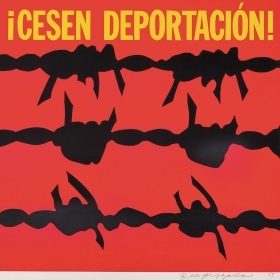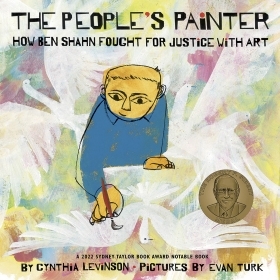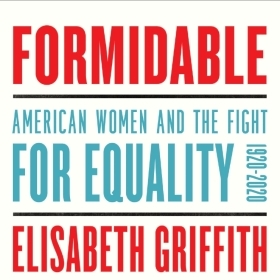In 1911, a fire broke out on an upper floor of the Triangle Shirtwaist Factory in lower Manhattan, killing 146 workers, most of them immigrant women, the youngest only 14. It was one of the worst workplace disasters in United States history, spurring a new era of union organizing, child labor laws, and worker safety protections. A week after the fire, an estimated 80,000 to 120,000 union organizers and workers staged a six-hour protest march down Fifth Avenue—though they called it a funeral.
“The fire caused leaders to put better fire safety rules in place—rules that still protect us today,” says Meg Browne ’79. More than 100 years later, Meg helped establish a memorial to the victims at the factory site, which is now owned by NYU. Unveiled last October, the Triangle Fire Memorial tells the story of the tragedy in the languages spoken on the factory floors—English, Yiddish, Italian—and includes the victims’ names in a reflective panel at street level, along with a 300-foot bronze ribbon cast from hand-stitched garments, which unspools from an upper floor.
Before joining the memorial’s board as treasurer in 2012, Meg knew nothing of the fire. Once she learned the horrifying details, she felt the tragedy deserved commemoration. Although she had no nonprofit experience, she had a long history in finance. An economics and anthropology double major at Wellesley, she had worked for many years at the Federal Reserve Bank of New York and in private-sector banking. For the Triangle Fire Memorial, she provided financial management and donor outreach that helped raise the nonprofit’s fund from $10,000 to more than $3 million.
Meg says she herself benefited from decades of labor gains. The summer she was 17, she worked in a union shop in her Pennsylvania hometown, unloading railroad cars for about $7 an hour, which enabled her to pay for her first year at Wellesley.
The memorial is a visible reminder not just of the horrific loss of life but of the effects that loss had on the country. “After they died, sentiment changed,” Meg says. “For all the protests and activism, it sometimes takes dead bodies to make change.”








We ask that those who engage in Wellesley magazine's online community act with honesty, integrity, and respect. (Remember the honor code, alums?) We reserve the right to remove comments by impersonators or comments that are not civil and relevant to the subject at hand. By posting here, you are permitting Wellesley magazine to edit and republish your comment in all media. Please remember that all posts are public.